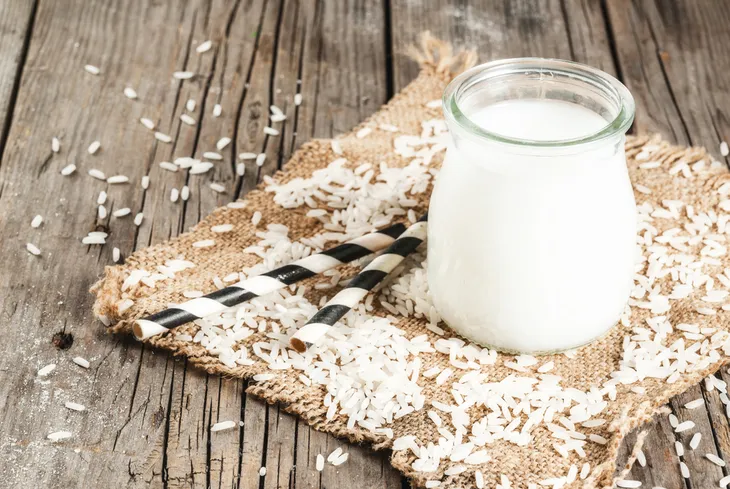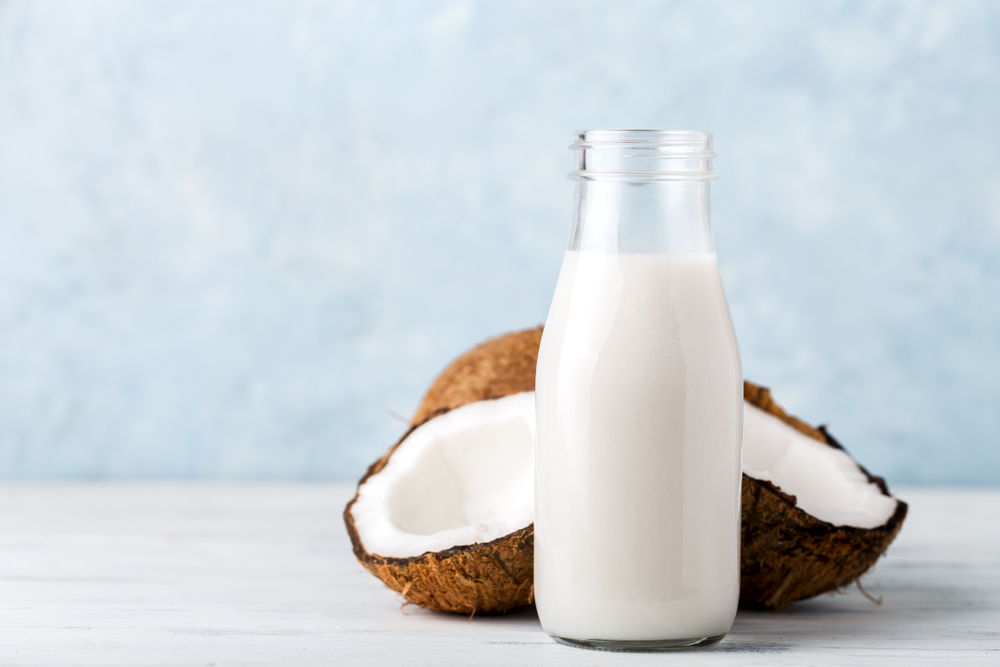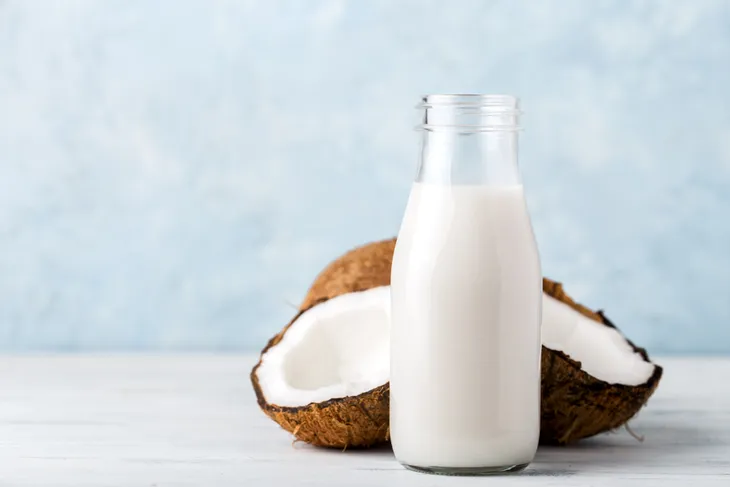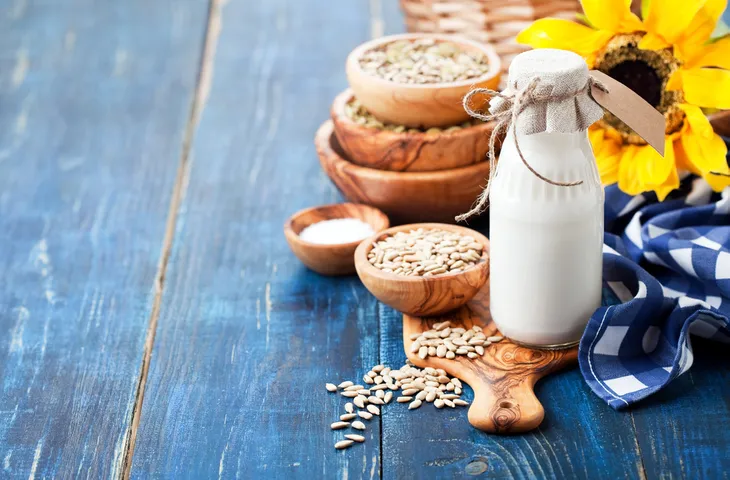If cow’s milk on your cereal or cheese on your sandwich causes an uncomfortable combination of stomach cramping, bloating, gas, diarrhea, gastroesophageal reflux, and nausea shortly after ingestion, you may be wondering how do i know if i’m lactose intolerant? Lactose intolerance (or dairy intolerant) is a condition that occurs when you lack the lactose enzyme, one responsible for breaking down natural lactase sugars in animal milk and associated products (i.e., sour cream, cheeses, and yogurt).
However, if you’re like me, and suffer from an allergy to casein (the protein in cow’s milk), a small bit of milk, butter, or cheese can result in hives, swelling of the lips and mouth, red itchy skin, nasal congestion, coughing, and in severe cases, anaphylactic shock.
According to research from University College London, roughly 60-percent of individuals around the world can’t drink animal milk, while many more simply choose not to. Luckily, you can still get plenty of calcium and vitamin D by sipping the following seven calcium-fortified, milk alternatives…
Flax Milk
If you prefer to keep your cereal bowl light, flax milk is your best option. Likely the lowest calories milk substitute (at just 25-calories per glass), this fragrant and nutty milk blends tasty-like into smoothies. However, it does lack the essential protein (containing zero protein per glass) that’s available in other milk alternatives—like soya and almond.
Almond Milk
When I reach for a carton to whiten my coffee or blend in my smoothie, I choose almond milk. Not only is it slightly nutty and equally light in texture, almond milk is on the shelf of almost every grocery store and market. Even though a carton can still be a bit pricier than other milk alternatives, I like the versatility.
I can use almond milk on my cereal, in my coffee and smoothies, as well as in soups and curries. I can even buy almond milk in several flavors—like vanilla, chocolate, original, and unsweetened versions.
Soya Milk
The most popular milk alternative is still soya milk. The creamy flavor, available in sweetened and unsweetened versions, offers a good source of protein and vitamin D, making it a favorite among vegans and the lactose-intolerant sect. Plus, it’s also widely available at grocery stores.
While scientists from the United Kingdom link the consumption of soya to the reduced risk of certain cancers in the Asian population, recent research published in the Journal of the National Cancer Institute and by the Breast Cancer Research Foundation, has linked excess soy intake to an increased risk of breast cancer.
Coconut Milk
If you love a thick and sweet texture to your coffee and smoothies, coconut milk offers a similar consistency to whole cow’s milk in each thick and creamy glass. Personally, I find that even unsweetened coconut milk is a bit too sweet for my liking. However, the flavor blends nicely into soups, baking, and curries, and offers the highest amount of vitamin D per glass (approximately 30-percent).
Just remember, that because this milk is derived from coconuts, it does contain a fairly high amount of saturated fat—for comparison, it offers a third of the daily maximum saturated fat content for women who consume a 1,600 calorie diet.
Hemp Milk
Hemp milk is super rich in omega-3 fatty acids. In fact, just one glass (approximately 250-militer serving) offers 50-percent of the daily minimum required for protection against cardiovascular diseases. Derived from hemp seeds, you’ll welcome the sweet, nutty, fragrant flavor of hemp milk. And although it’s priced a tad high (typically higher than almond milk) a daily glass of hemp milk may be worth the extra price for the added heart-healthy benefits.
Sunflower Milk
A newer milk alternative on the market, I only have luck finding sunflower milk at health food stores, which means it tends to be a bit expensive. However, like almond milk, sunflower-derived milk is light and only mildly nutty—meaning it blends smooth and doesn’t overpower coffee, smoothies, sauces, or any other dish you add it to. The only thing that tends to put me off is the color, which appears a bit sickly gray over cereal and straight up in a glass.
Rice Milk
Like soya and almond, I have a lot of luck picking up a carton of rice milk at my local grocer in various unsweetened and sweetened versions. However, I find this milk—a blend of rice, but mostly salt, water, and oil—very watery, too watery, in fact, for coffee or smoothies. So while rice milk is great for cooking soups and sauces, the watery consistency and lack of nutritional value doesn’t put it tops on my shopping list.










